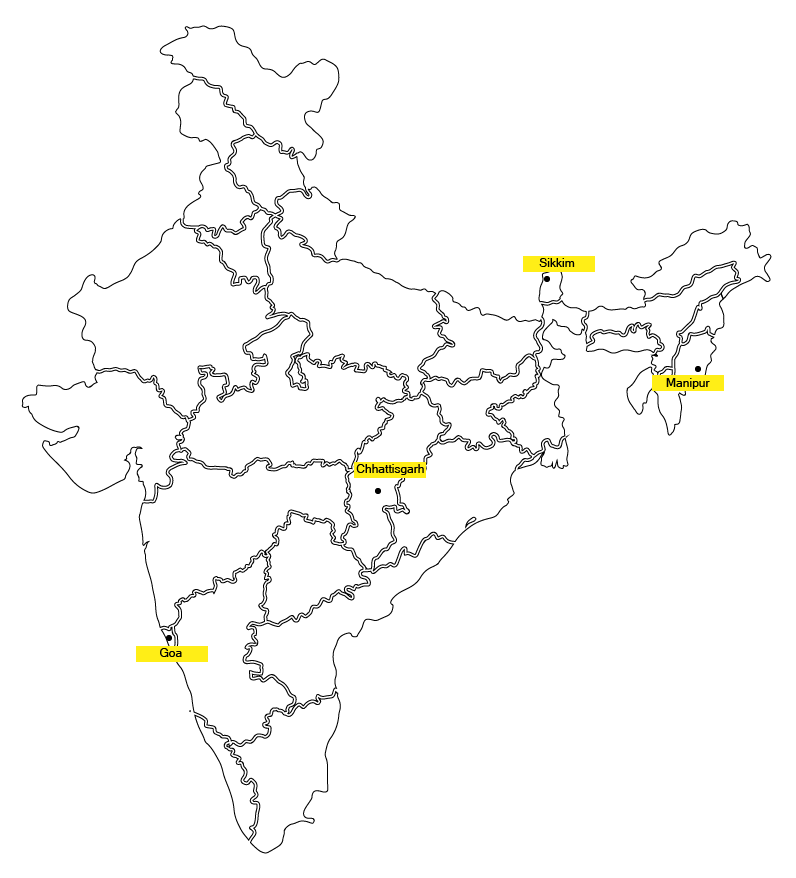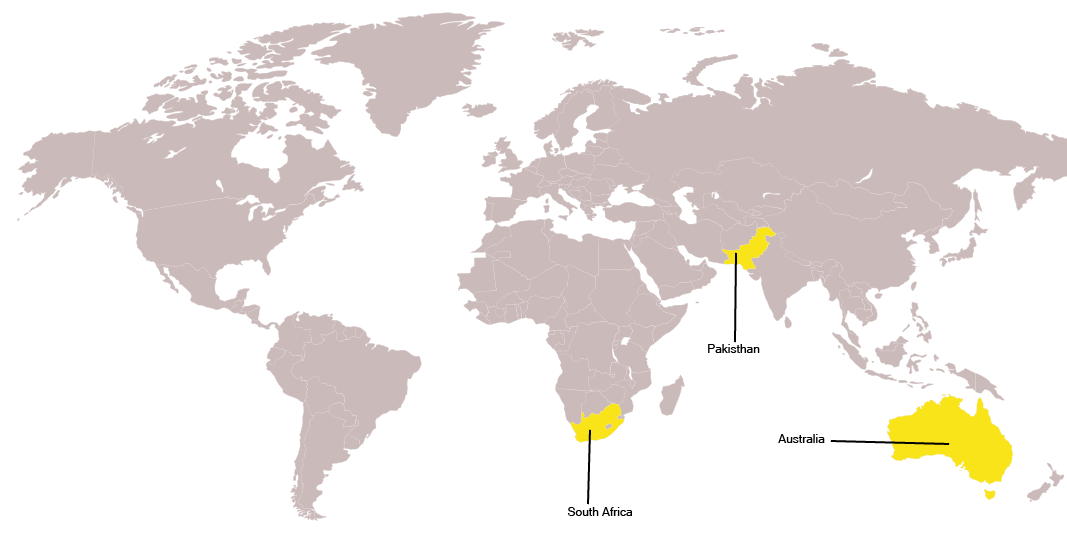NCERT Solutions for Federalism Class 10 Questions and Answers - FREE PDF Download
NCERT Solutions for Class 10 Social Science Civics Chapter 2 Federalism

FAQs on NCERT Solutions for Class 10 Social Science Civics Chapter 2 Federalism
1. Name the chapters in the CBSE Class 10 Social Science Democratic Politics?
The Class 10 Social Science or Civics Democratic Politics has 8 chapters. The names of the chapters are given below.
Power-sharing
Federalism
Gender, Religion, and Caste
Political Parties
Outcomes of Democracy
2. Why do you need Class 10 Civics Chapter 2 NCERT Solutions?
The Ch 2 Civics Class 10 NCERT Solutions will provide a clear understanding of the correct writing pattern for various questions that may come in the exam. By following the Federalism NCERT Solutions Class 10 you will be able to prepare better for the exam and score good marks in it.
3. What are the benefits of Vedantu’s NCERT Solutions for Class 10 Federalism Question Answer?
The following are the benefits of the NCERT Solutions for Class 10 SST Federalism.
The civics ch 2 class 10 NCERT Solutions are written in an easy to understand language.
An organized flow of information is maintained so that students can relate to every topic.
These NCERT Solutions prove to be very time-saving for revisions before the examination.
4. What is Federalism Class 10? Write a short answer.
Federalism is where power is shared between a central government and governments at the state levels. India is federal in nature as it has two levels of government, which are a central government and governments at state levels. Central government works on matters of national interest, whereas state or province governments carry out day-to-day functions. India is a “holding together” type of federalism as opposed to the “coming together” federalism, like in the US and Switzerland.
5. Why is Federalism important in a Democracy Class 10?
Federalism is important in a democracy to protect the unity of the country and, at the same time, promote regional diversity so that various communities and groups coexist with each other in peace and harmony. Federalism also allows the smooth functioning of the country at all levels. The states and the centre ensure that the interest of the citizens is met by carrying out day-to-day activities and protecting national interests, respectively. You can read more about federalism from the page NCERT Solutions Class 10 Social Science.
6. What are the key features of Class 10 Civics Ch 2 Question Answer?
The key features of federalism are:
Multiple levels or tiers of government exist.
These tiers have their own jurisdiction over matters of legislation, administration, and taxation.
The jurisdiction of different levels of government has been specified in the constitution of the country.
Changes in the constitution of the country cannot be brought alone by one level of the government. Both the levels need to consent to the changes introduced.
Courts resolve disputes between the levels of government.
Revenue sources for each government level are also specified.
7. What is Federalism according to class 10 civics chapter 2?
A government system in which sharing of powers occurs between different levels of government (central level and state level) is called federalism. There are two types of federalism one is “coming together” federalism, and the other is “holding together” federalism. The “coming together” federalism includes all those countries that have an equal sharing of power between both levels of government. The “holding together” federalism includes countries with more power over the central governments than the state governments creating an unequal power distribution.
8. How do I solve Class 10 Social Science Democratic Politics Chapter 2?
You can easily solve Class 10 Social Science Chapter 2 by choosing to practice the NCERT Solutions Class 10 Social Science Democratic Politics Chapter 2 that is available on the Vedantu website (vedantu.com) free of cost. This NCERT Solution explains all the answers systematically and in a very lucid way. You will be able to understand all topics in the chapter as this solution covers each and every sub-topic from the chapter. All the resources and study material is also available in the Vedantu app free.
9. How does federalism promote unity in diversity according to Federalism Class 10 Solutions?
Federalism promotes unity in diversity by respecting and accommodating regional diversity and identities within a unified national framework. It allows for cultural and linguistic autonomy while ensuring that national interests and unity are preserved.
10. What are the key features of federalism explained in Federalism Class 10?
The key features include:
Division of Powers: Powers are divided between the Union List (for central government), State List (for state governments), and Concurrent List (shared by both).
Independence: Both levels of government have their areas of authority and operate independently within their jurisdictions.
Inter-governmental Relations: Mechanisms like inter-state councils and financial arrangements ensure cooperation and coordination between the Centre and states.




















 Watch Video
Watch Video




